
Origin/Endemic status: Europe
Synonymy: = C, F, Fl4, FNA7, G, GW2, Il, K1, K3, Mi, NcTx, NE, NY, Pa, RAB, S, S13, Tat, Tn, Tx, Va, W, WH3, Al-Shehbaz (1988a), Marhold et al (2016), Rollins (1993), Šlenker et al (2018); > Cardamine debilis – Ar; > Cardamine hirsuta L. – Ar
Wetland Indicator Status:
- Atlantic and Gulf Coastal Plain: FACU
- Eastern Mountains and Piedmont: FACU
- Great Plains: FAC
- Midwest: FACU
- Northcentral & Northeast: FACU
Heliophily: 7
Hover over a shape, letter, icon, or arrow on the map for definition or see the legend.
 © Keith Bradley | Original Image ⭷
© Keith Bradley | Original Image ⭷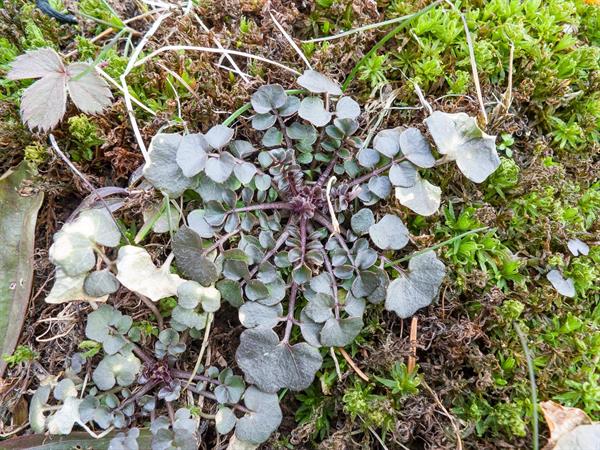 © Erik Danielson source | Original Image ⭷
© Erik Danielson source | Original Image ⭷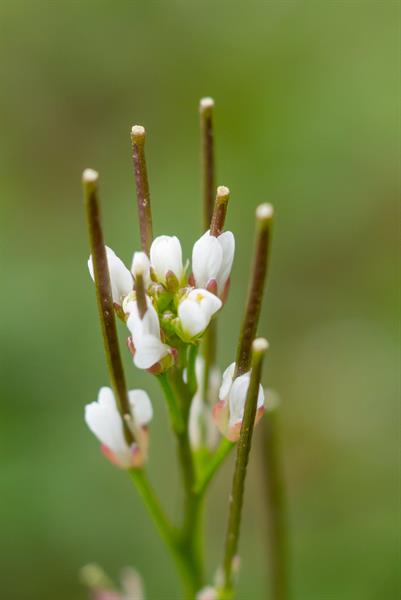 © Erik Danielson source | Original Image ⭷
© Erik Danielson source | Original Image ⭷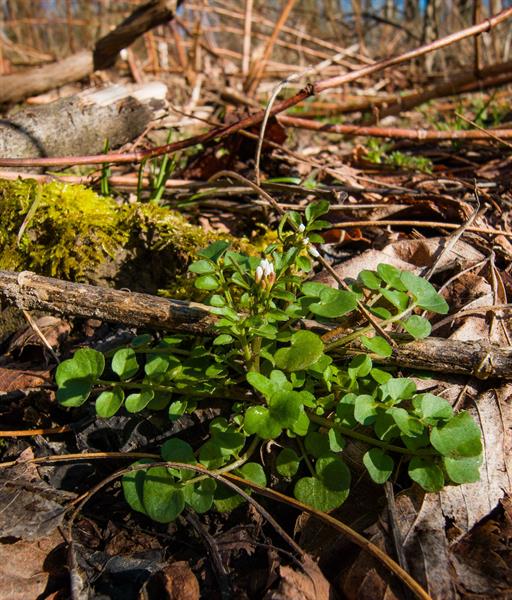 © Erik Danielson source | Original Image ⭷
© Erik Danielson source | Original Image ⭷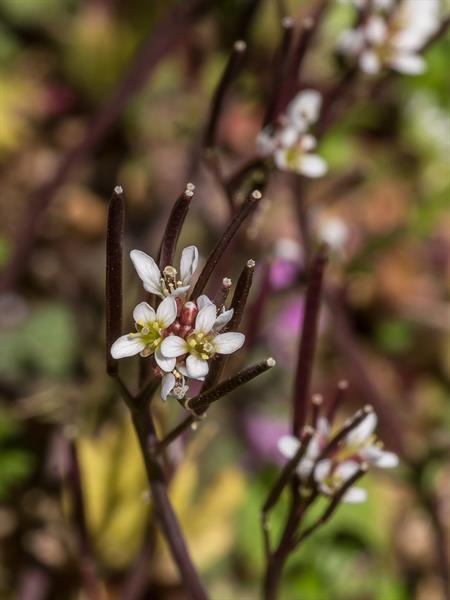 © Jim Fowler | Original Image ⭷
© Jim Fowler | Original Image ⭷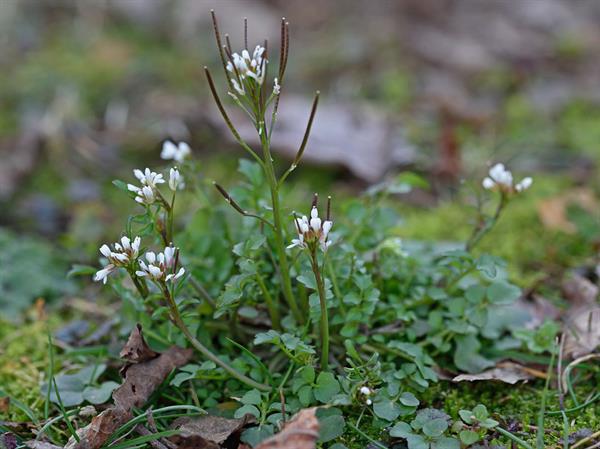 © Gary P. Fleming | Original Image ⭷
© Gary P. Fleming | Original Image ⭷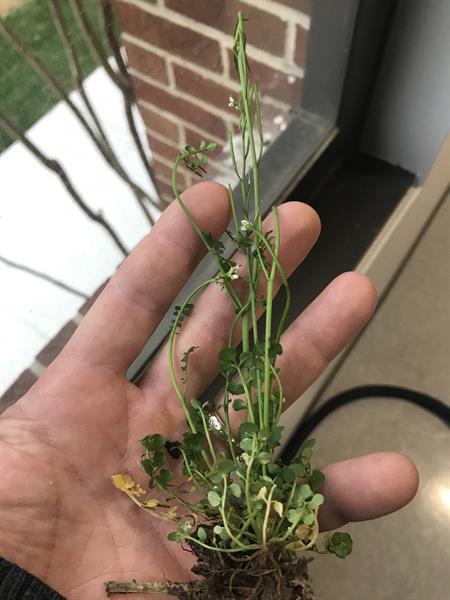 © Joey Shaw source | Original Image ⭷
© Joey Shaw source | Original Image ⭷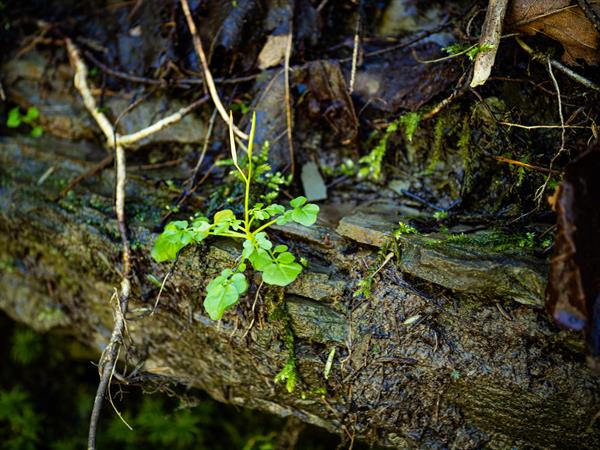 © Erik Danielson source | Original Image ⭷
© Erik Danielson source | Original Image ⭷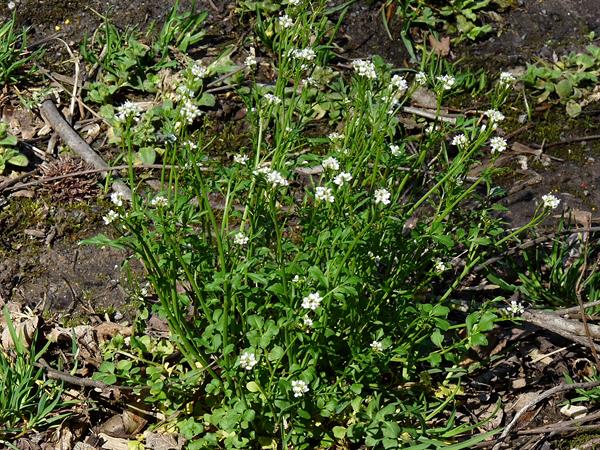 © Richard & Teresa Ware CC-BY-NC, permission granted to NCBG | Original Image ⭷
© Richard & Teresa Ware CC-BY-NC, permission granted to NCBG | Original Image ⭷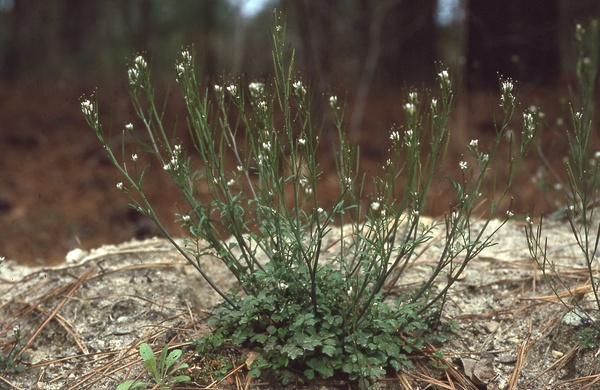 © Bruce Sorrie | Original Image ⭷
© Bruce Sorrie | Original Image ⭷Feedback
See something wrong or missing on about Cardamine hirsuta? Let us know here: (Please include your name and email if at all complicated so we can clarify if needed.)
Cite as...